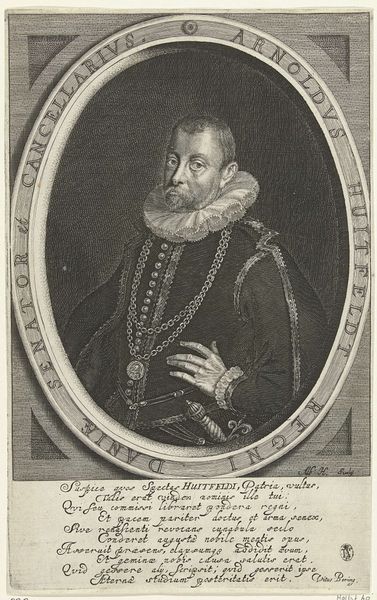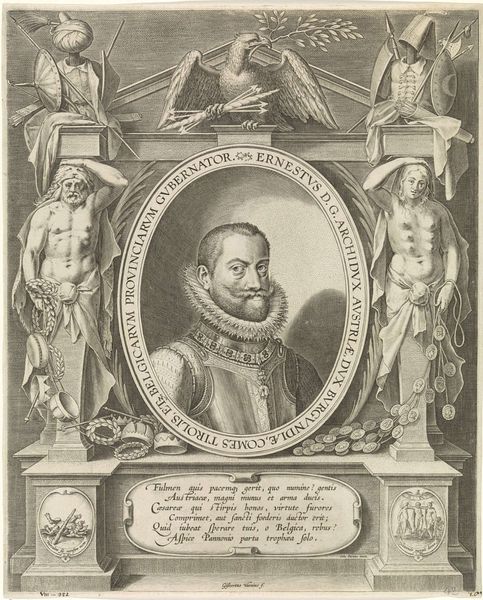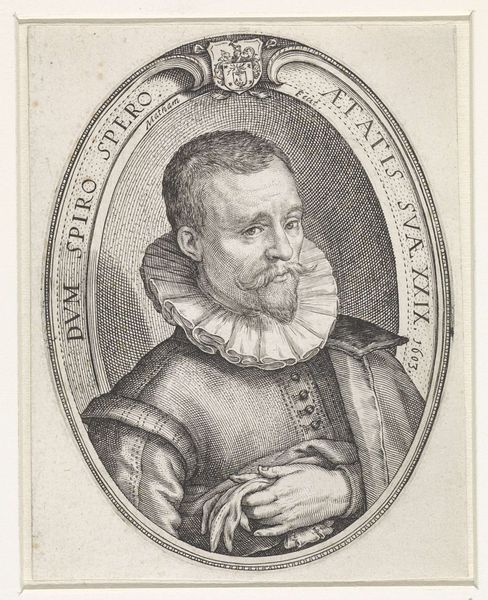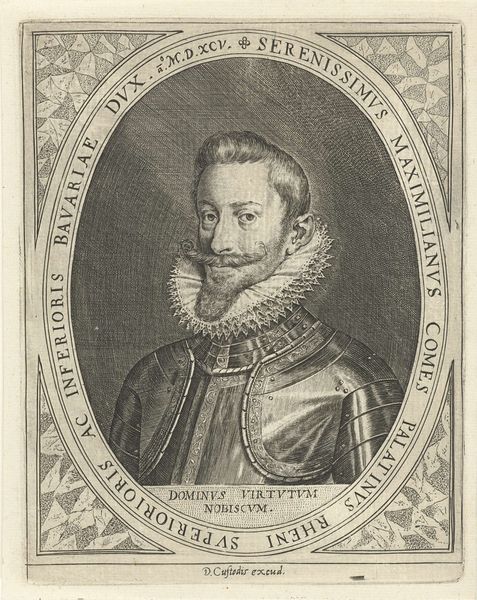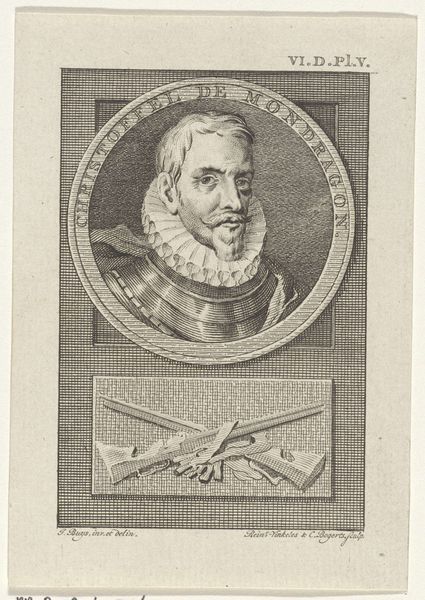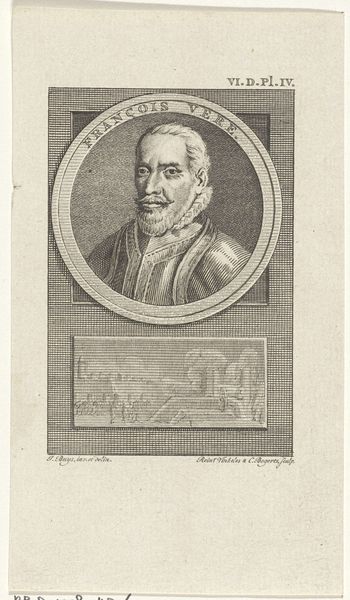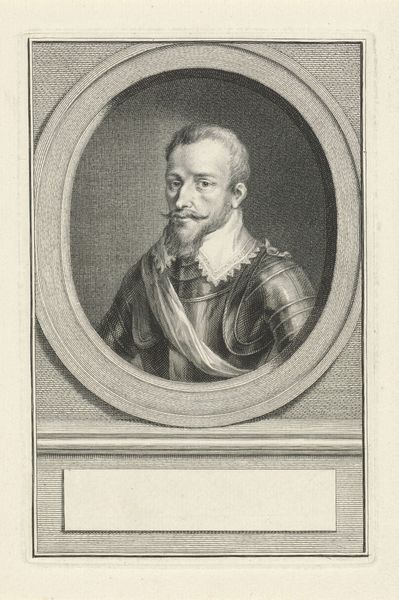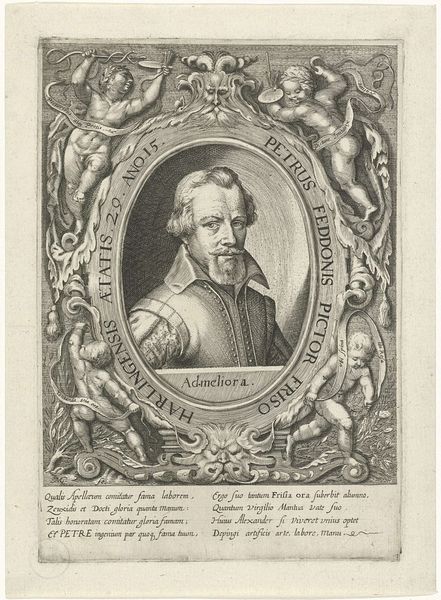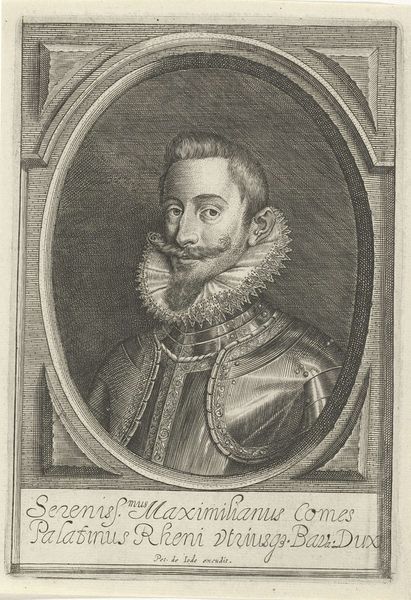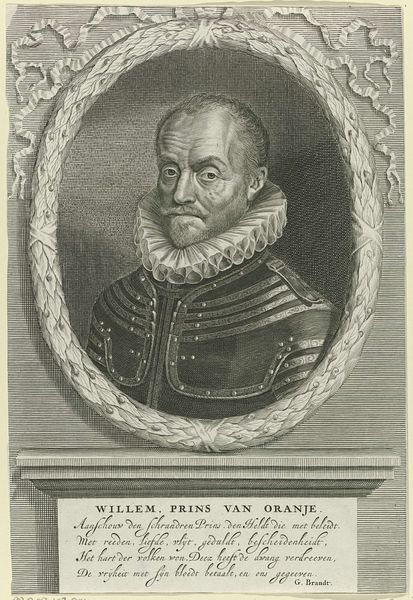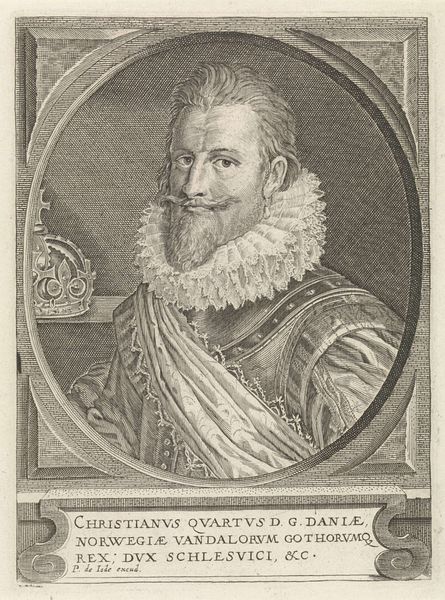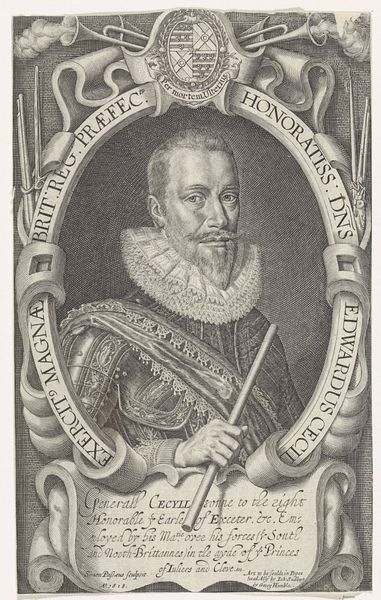
print, engraving
#
portrait
#
baroque
# print
#
old engraving style
#
history-painting
#
engraving
#
realism
Dimensions: height 149 mm, width 111 mm
Copyright: Rijks Museum: Open Domain
Pieter de Jode the Younger made this portrait print of Ambrogio Spinola in the 17th century. It’s an engraving, meaning the design was incised into a metal plate, which was then inked and pressed onto paper. Look closely, and you’ll see how the varying density of lines creates shading and volume. This was an incredibly labor-intensive process. Jode was part of a large and successful family workshop. These prints were made to circulate widely, almost like photographs today, but with a crucial difference: they were entirely handmade. Consider the social context. Spinola was a highly successful general and aristocrat, so this wasn’t just an aesthetic exercise. Jode’s print served to amplify Spinola’s power and project his image far and wide. Engravings like this one remind us that even seemingly mass-produced images have a specific, material history, and were part of a complex web of labor, politics, and consumption.
Comments
No comments
Be the first to comment and join the conversation on the ultimate creative platform.

